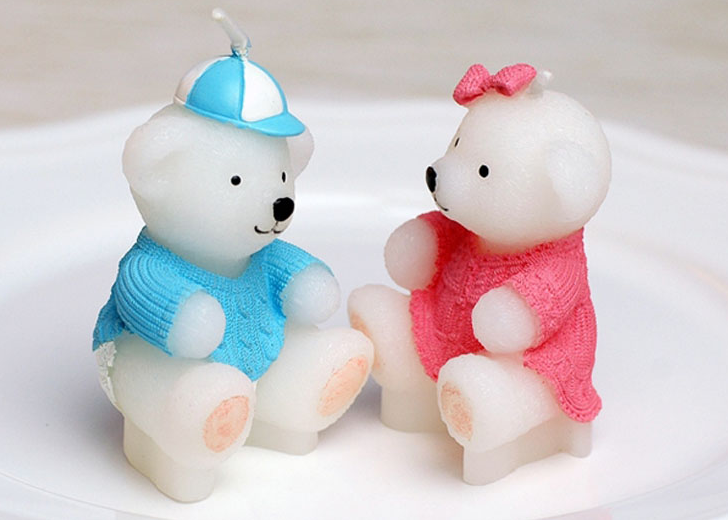Metering and charging mainly through macroscopic energy conservation in three ways: First, a flow control valve is installed to achieve flow balance, which in turn overcomes the inhomogeneous heat and cold; followed by the use of temperature control valves, utilizing solar energy, household appliances, lighting, etc. The free heat of the equipment; The third is to increase the energy-saving consciousness of the residents with heat, and reduce unnecessary cooling of the windows. Of these three energy-saving channels, two of them are achieved through flow control valves. It can be seen that the flow regulating valve occupies an important position in the heating system for metering and charging. Therefore, how to correctly select the type of flow control valve design is very important.
First, Volda temperature control valve
1, Radiator temperature control valve structure and working principle
The temperature control in the user's room is achieved through the radiator thermostatic control valve. The radiator thermostatic control valve is composed of a thermostatic controller, a flow regulating valve and a pair of connecting parts. The core part of the thermostatic controller is a sensor unit, ie, a warm package. The warm package can sense the change of the ambient temperature and generate a volume change, drive the spool of the control valve to produce displacement, and then adjust the amount of radiator water to change the heat dissipation of the radiator. Thermostatic valve set temperature can be adjusted, the thermostatic valve will automatically control and adjust the amount of radiator water according to the set requirements, so as to achieve the purpose of controlling the indoor temperature. The temperature control valve is generally installed in front of the radiator, and it automatically adjusts the flow to achieve the room temperature that residents need. Temperature control valve has two-way temperature control valve and three-way temperature control valve points. Three-way temperature control valve is mainly used for single pipe system with a spanning pipe. The shunt coefficient can be changed in the range of 0 to 100%. The flow adjustment has a large margin, but the price is more expensive and the structure is more complicated. Some two-way thermostatic valves are used for dual-tube systems and some are used for single-tube systems. The two-way temperature control valve for the double pipe system has a large resistance; the resistance for a single pipe system is small. The temperature-sensing valve package and the valve body are generally assembled into a whole, and the temperature sensing package itself is the on-site temperature sensor. If necessary, a remote temperature sensor can be used; the remote temperature sensor is placed in a room where temperature control is required, and the valve body is placed on a part of the heating system.
2, temperature control valve selection design
The temperature control valve is the main adjustment device for the flow regulation of the heating system. The other control valves are auxiliary devices. Therefore, the temperature control valve is a must. A heating system cannot be called a heat metering system unless it is equipped with a thermostatic valve. In the design of the temperature control valve, correct selection is very important. The purpose of selecting the thermostatic valve is to determine the KV value (flow coefficient) according to the design flow (known heat load) and allow the resistance drop; then the diameter (model) of the temperature control valve is determined by the KV value. Therefore, the design of the atlas or manufacturer sample must give the relationship between the KV value and the diameter, otherwise it is not easy for the designer to use.
In the selection and design of the temperature control valve, it is by no means simply selecting the temperature control valve with the same diameter as the pipe. Instead, during the selection process, an ideal pressure differential working condition is created for the selected thermostatic valve. A thermostatic valve usually has a working pressure difference of 2 to 3 mH2O and a maximum working pressure of 6 to 10 mH2O. For this reason, the range of preset values ​​of the temperature control valve must be given to prevent noise and affect the normal operation of the temperature control valve. When there are two or more caliber options under the same KV value, a small-caliber thermostatic valve should be selected preferentially to increase the regulating performance of the thermostatic valve.
Second, Volda electric control valve
Volda electric control valve is a device suitable for flow regulation in computer monitoring systems. Generally used in unmanned thermal stations. Electric control valve consists of valve body, drive mechanism and transmitter. The temperature control valve is a self-powered flow regulation device through a temperature sensing package and does not require an external power supply. The electric control valve generally needs a single-phase 220V power supply, which is usually used as the executing mechanism of the computer monitoring system (adjusting the flow rate). Electric regulating valves or thermostatic valves are the main equipment for regulating the flow in the heating system. The rest are their auxiliary equipment.
Third, Volda balance valve
Balance valve is divided into manual balance valve and self-balance valve. Regardless of the manual balance valve or the self-balancing valve, their role is to increase the resistance of the proximal end of the heating system and limit the actual operation flow not to exceed the design flow; in other words, its role is to overcome the loosing of the heating system's near-end With a pressure head, the electric or thermostatic valve can be operated under a permitted capital pressure head. Therefore, manual balancing valves and self-balancing balancing valves, which are auxiliary flow regulating devices for temperature control valves or electric control valves, are very important, if improperly selected or unreasonably designed, electric control valves or temperature control Valves do not work well.
